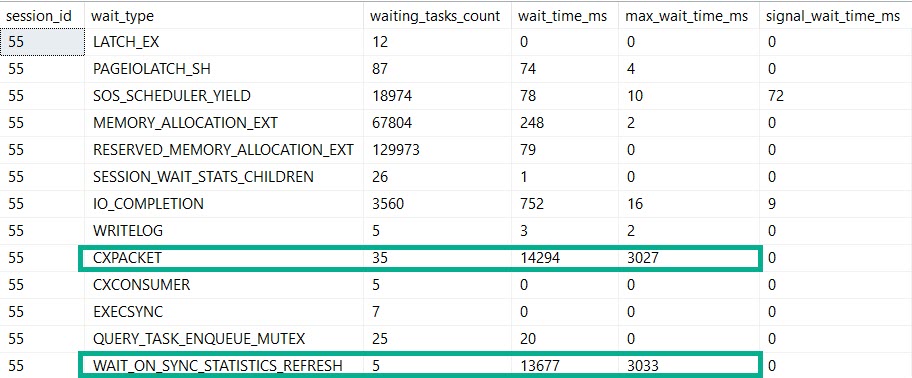Harkening
In dramatic fashion, I’m revisiting something from this post about stats updates.
It’s a quick post, because uh… Well. Pick a reason.
Get In Gear
Follow along as I repeat all the steps in the linked post to:
- Load > 2 billion rows into a table
- Create a stats object on every column
- Load enough new data to trigger a stats refresh
- Query the table to trigger the stats refresh
Except this time, I’m adding a mAxDoP 1 hint to it:
SELECT COUNT(*) FROM dbo.Vetos WHERE UserId = 138 AND PostId = 138 AND BountyAmount = 138 AND VoteTypeId = 138 AND CreationDate = 138 OPTION(MAXDOP 1);
Here’s Where Things Get Interesting

Our MaXdOp 1 query registers nearly the same amount of time on stats updates and parallelism.

But our plan is indeed serial. Because we told it to be.
By setting maxDOP to 1.
Not Alone
So, if you’re out there in the world wondering why this crazy kinda thing goes down, here’s one explanation.
Are there others? Probably.
But you’ll have to find out by setting MAXdop to 1 on your own.
Thanks for reading!
Going Further
If this is the kind of SQL Server stuff you love learning about, you’ll love my training. I’m offering a 75% discount to my blog readers if you click from here. I’m also available for consulting if you just don’t have time for that and need to solve performance problems quickly.